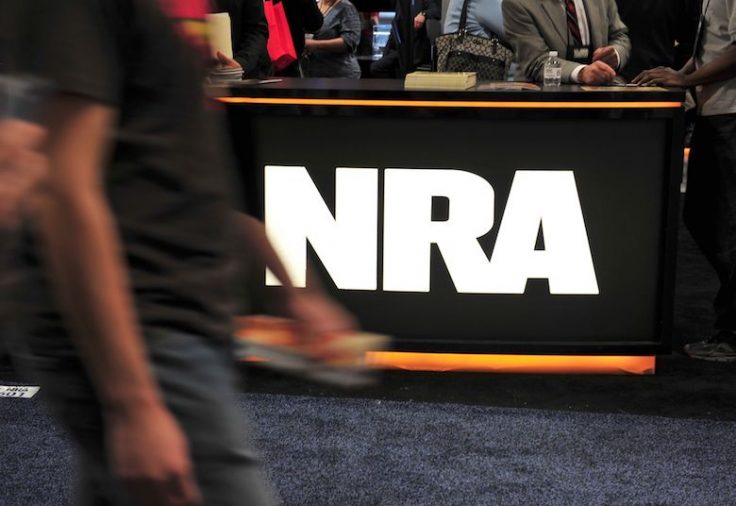The National Rifle Association's political action committee saw a steep drop-off in fundraising during the month of July, federal records show.
The NRA Political Victory Fund (PVF) brought in $628,404 in July, according to filings with the Federal Election Commission, down 42 percent from June when the group brought in more than $1.1 million. The new fundraising haul is the lowest for the PAC since January. This amount is also a 42 percent drop from the same time period during the 2016 election cycle.
An NRA official with knowledge of the group's fundraising plans said the July shortfall was due to a shift in strategy. The official said the group is undertaking a major fundraising campaign centered around August's political conventions. They said the group remains on track to meet its goal of spending "tens of millions of dollars" in the 2020 elections, as PVF chairman Jason Ouimet told the Washington Free Beacon earlier this month.
The fundraising fall comes as the gun-rights group fights for its survival after New York attorney general Letitia James (D.) filed suit to completely dissolve it over allegations of financial impropriety by top executives. The NRA is simultaneously facing a wave of spending from gun-control groups backed by billionaire Michael Bloomberg. How well the group can respond to these pressures could influence both state and federal elections.
Even with the fundraising setback in July, the PVF, combined with the NRA's newly formed super PAC, has managed to amass enough cash on hand to rival that of the leading gun-control PACs and super PACs. The PVF has $15.4 million in cash on hand—about $3 million more than it did at the same point in 2016—as well as $4 million reported by the NRA's super PAC as of July. The $19.6 million war chest is only about $275,000 behind the combined total of the country's three largest gun-control groups—Everytown Victory Fund, Brady PAC, and Giffords PAC.
The NRA launched its super PAC in March. While donors to the NRA's regular PAC are capped at giving $5,000 per year, the group's super PAC can raise and spend unlimited sums on political advertisements. Almost all of the $4 million the super PAC has taken in so far was transferred over from the NRA's lobbying arm. The group reports just one outside donor who gave $25,000.
Ouimet previously said the NRA had experienced significant fundraising hurdles in recent months—as many of the gun-control groups also have—but said they would remain a strong force in the election.
"We'll spend tens of millions of dollars. Will it be $50 million? I don't know," Ouimet said. "We got shut down from doing any of that level of fundraising. Yeah, that has an impact on us just the same way it has an impact on everybody else. Does it mean that we're not going to be effective? Does it mean that we're not going to play? No."
The NRA also pointed to the different sources of funding as a differentiator between them and the gun-control groups. About 73 percent of donations to the PVF came from donors who gave less than $200, a 20-point advantage over the Brady PAC donations. While both the NRA super PAC and the Everytown super PAC were funded primarily by their nonprofit sister organizations, Everytown's money is largely generated by donations from billionaire Michael Bloomberg. The NRA's money comes primarily from dues paid by its members.
The PVF made $1.6 million in contributions to federal candidates and another $92,328 in independent expenditures in July. While the NRA's super PAC didn't spend anything on elections last month, the group plans to spend more than $4 million on a 30-second ad critical of Democratic nominee Joe Biden in Arizona, Michigan, North Carolina, Pennsylvania, and Wisconsin, according to Medium Buying.
